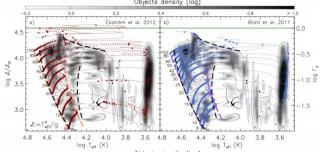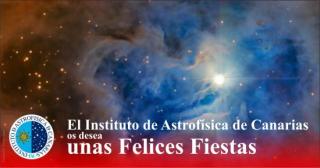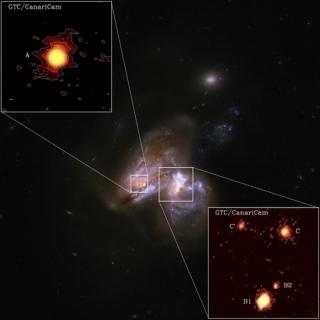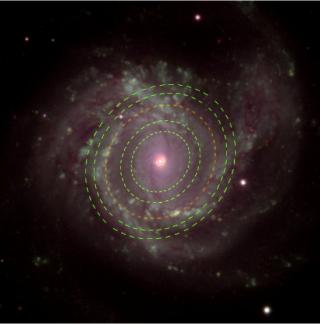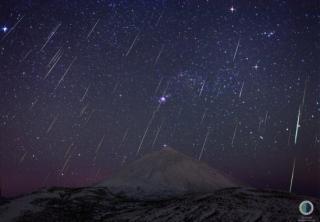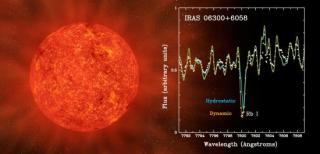
Intermediate mass stars, in their last phases of evolution ("AGB stars"),produce a large number of heavy elements (rich in neutrons), some ofthem radioactive isotopes, such as Rubidium and Technetium. Theseelements are pushed outwards to the surface of the star, and afterwards released into the interstellar medium. Among this type of stars, those least studied have been the more massive ones (between 4 and 8 times the mass of the Sun). Massive AGB stars have been recently identified in our Galaxy and in other nearby galaxies, such as the Magellanic Clouds, thanks to the detection of strong
Advertised on
